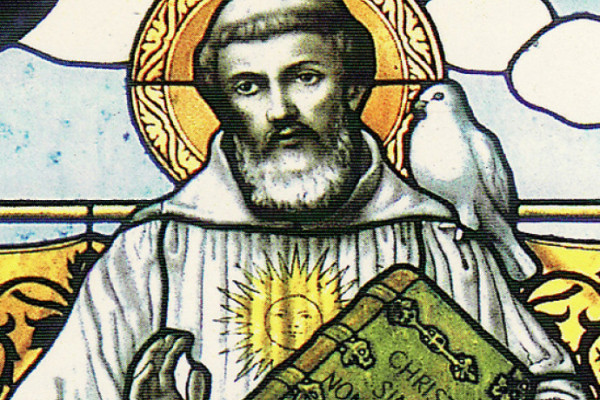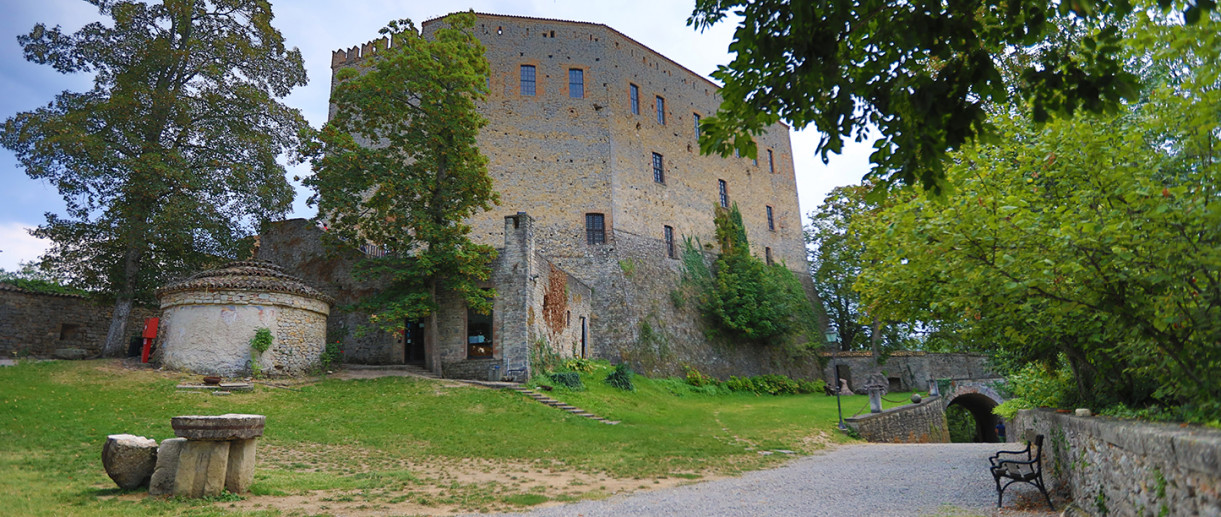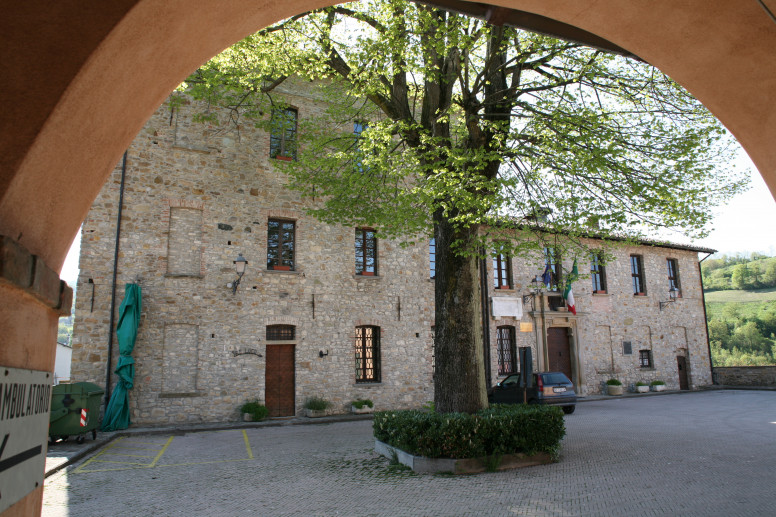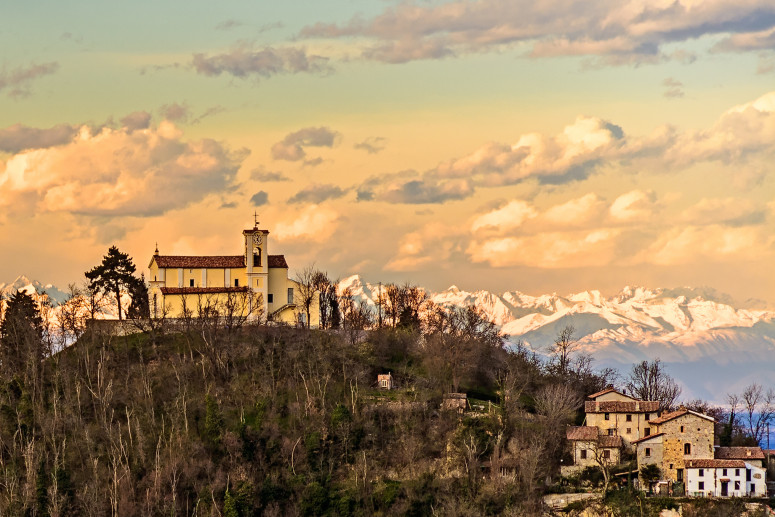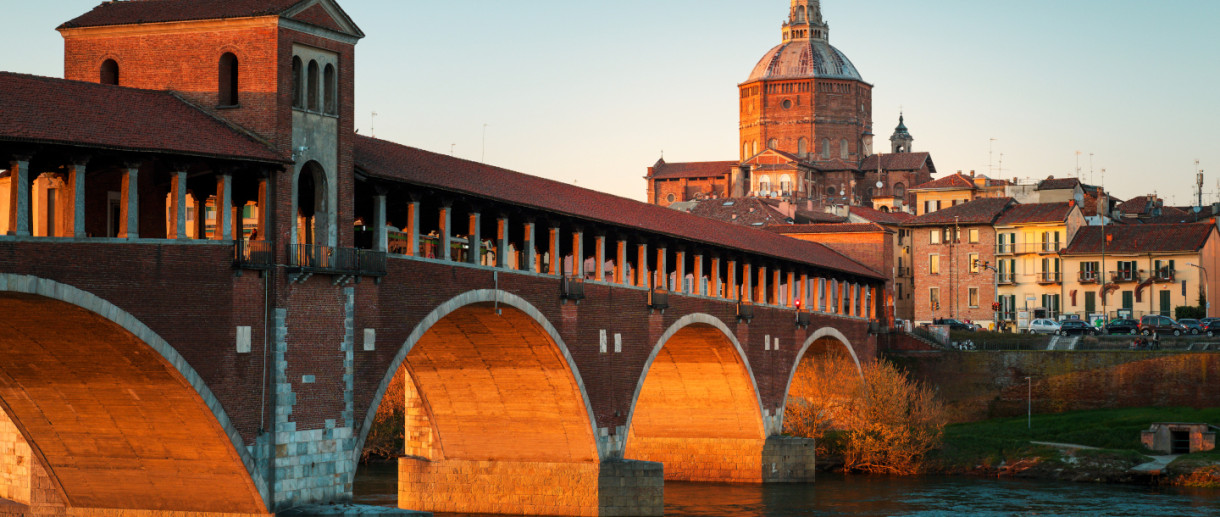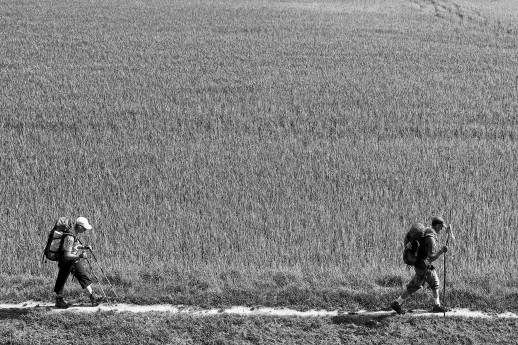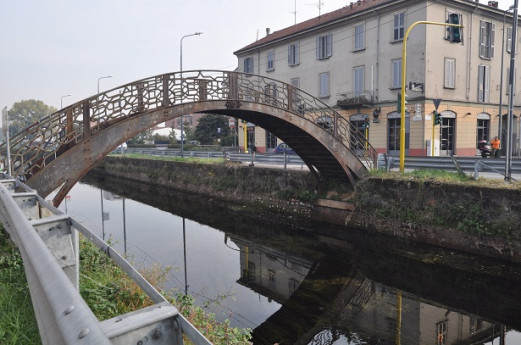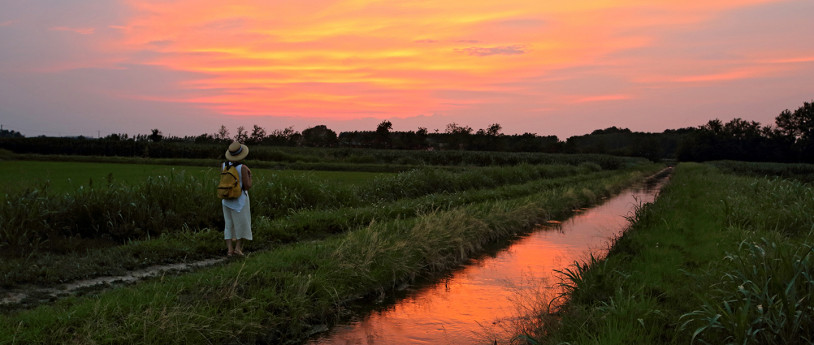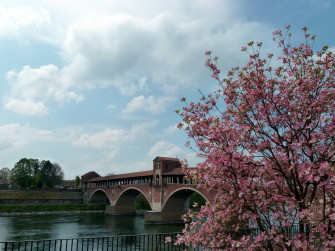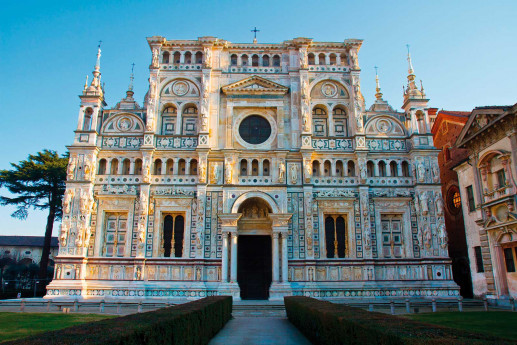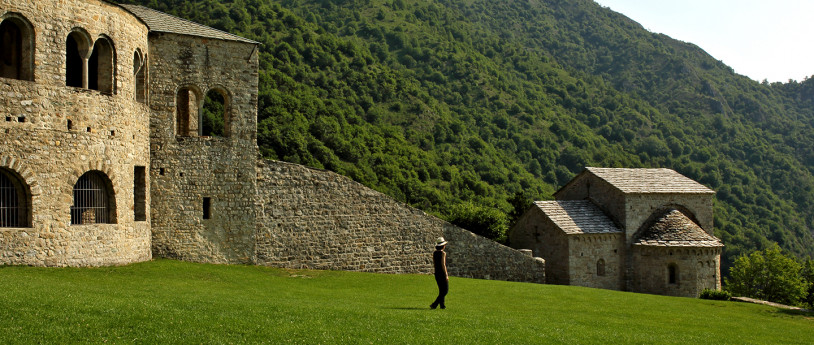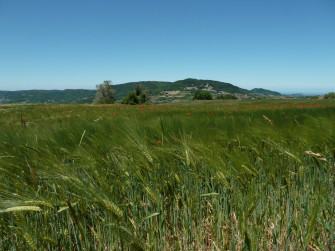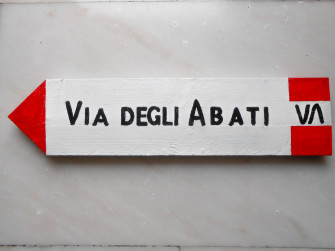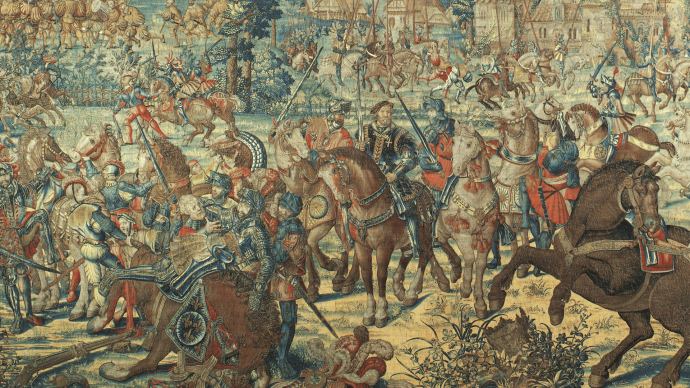- Religious Tourism
- Active & Green
Itinerary on the traces of Saint Columbanus
The itinerary following the footsteps of Saint Columbanus begins at the border with Switzerland in the locality of Castasegna, in the Bregaglia Valley. Following the paths of the Mera River, Lake Como along the Sentiero del Viandante, and finally the Adda River, it reaches Cassano d'Adda; from here, it continues along the Naviglio della Martesana to reach Milan.
From Milan, the route follows the Naviglio Grande to Abbiategrasso and then the Naviglio di Bereguardo and the European Path E1 to Pavia.
From Pavia, the route follows part of the Via Francigena to Spessa, where it crosses the Po River, climbs the hills of Oltrepò Pavese along the Via della Traslazione di San Colombano and part of the Via degli Abati to finally reach Bobbio.
The entire itinerary is 320 km long and is divided into 17 stages.
On this distance, the itinerary following the footsteps of Saint Columbanus is part of the Apennine variant of the Via Francigena and retraces the historic path that, passing through eastern Oltrepò Pavese, connected Pavia directly to Bobbio (PC), home to the famous abbey founded in the heart of the Apennines in the early 7th century by the Irish abbot Saint Columbanus.
Founded during the Lombard era, the route was widely followed by monks, dignitaries, and pilgrims during frequent communications between the capital of the kingdom, Pavia, and the important cultural and monastic center of Bobbio, known as the Montecassino of the North. At the same time, the route also represented the first part of the medieval path that, from Pavia, through Bobbio and the Apennines, reached Pontremoli, ensuring the connection between Langobardia and the Lombard territories of Tuscia, and anticipating the advent of the Via Francigena.
In the ancient stories of these lands, it is written that Columbanus and his monks, in their missionary landscape, promoted literacy and education, anticipating the concept of a single European entity united by common Christian roots that transcended individual ethnic and cultural barriers. The "Columbanian Rule," in fact, unlike the Benedictine Rule, was not solely dedicated to prayer and farm work, for which the zeal and agricultural measures adopted by the monks were admired, but also to education and the assimilation of knowledge, leaving a mark on our individual and collective history.
